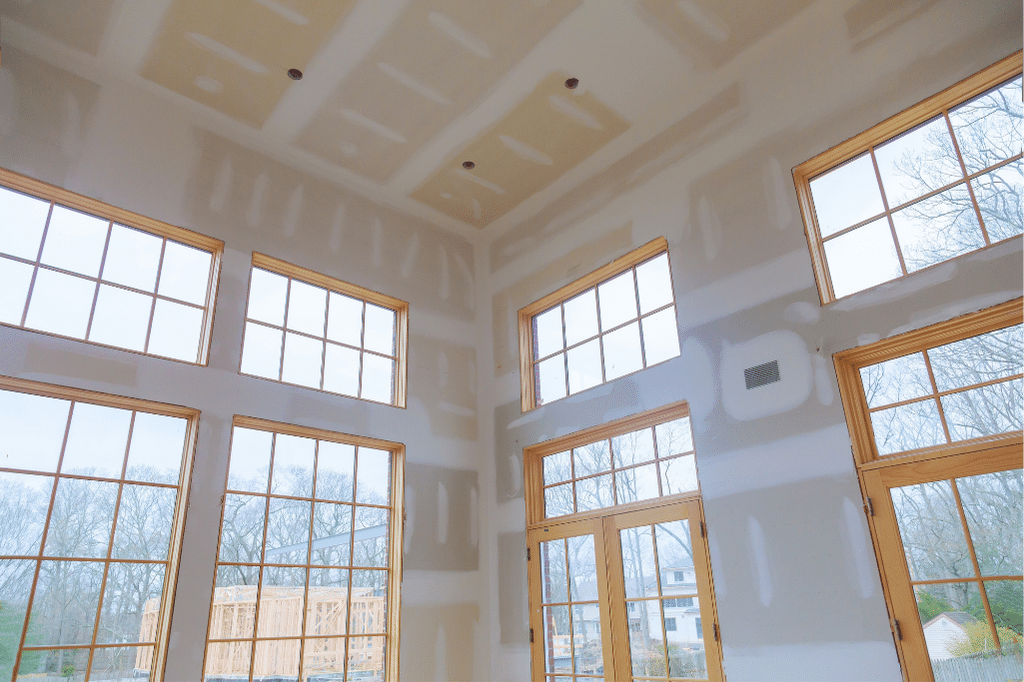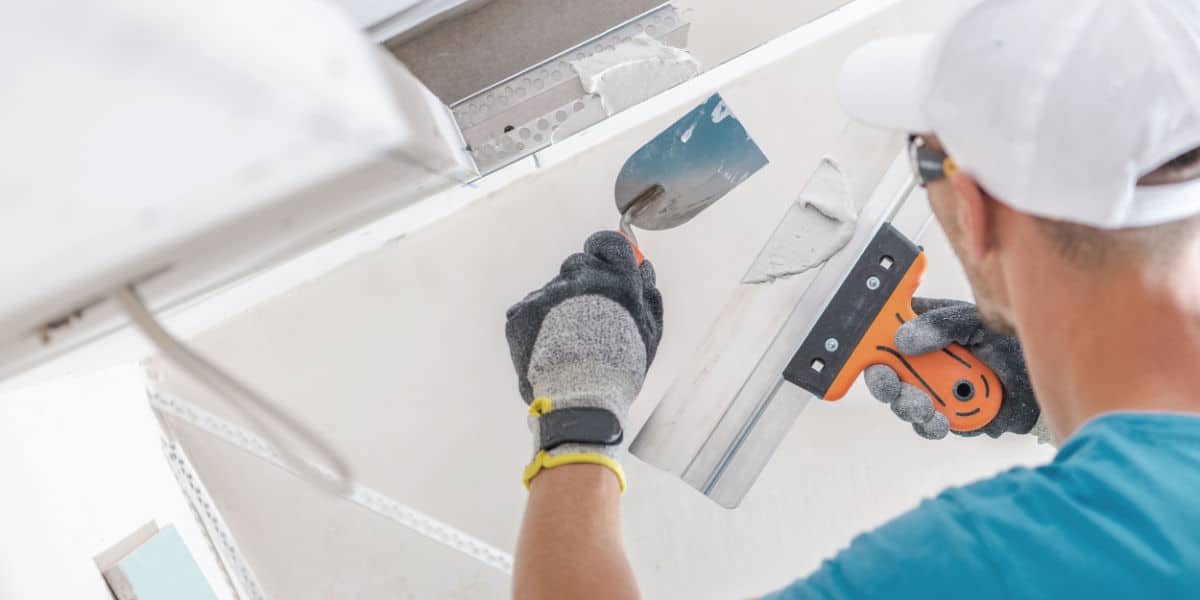Reliable Drywall Repair Techniques to Recover Your Walls
Reliable Drywall Repair Techniques to Recover Your Walls
Blog Article
Drywall Installment Facilitated: Tips for Perfect Outcomes
Drywall installation is frequently regarded as an overwhelming job, yet with the best technique and understanding, it can end up being a manageable undertaking. Picking quality products and preparing the installment location are critical primary steps that set the foundation for success. In addition, understanding strategies for cutting, hanging, and ending up drywall can considerably affect the result. As we explore these essential suggestions, you may discover that even the smallest changes in your strategy can lead to remarkably boosted outcomes, leaving you to consider exactly how these methods can transform your following task.
Selecting the Right Products
Selecting the proper materials for drywall installation is crucial to achieving a resilient and aesthetically pleasing finish. drywall installation. The key component, drywall sheets, usually come in various thicknesses, with 1/2-inch sheets being standard for interior walls. For locations calling for additional dampness resistance, such as cooking areas or shower rooms, take into consideration utilizing green board or concrete board, which are specially created to hold up against moisture

Furthermore, picking the right fasteners-- either screws or nails-- is crucial for safeguarding the drywall to the framing. Drywall screws are generally preferred for their holding power and decreased risk of popping. Think about the finishing touches such as guide and paint, which not just boost the look but likewise safeguard the drywall from dampness and wear.
Preparing the Installment Area
Before beginning the drywall setup procedure, it is important to prepare the setup area thoroughly. This prep work includes a number of important steps to make certain a successful and smooth project. First, clear the area of any type of furnishings, appliances, or obstructions that might impede access. A tidy workspace lessens the danger of damage to existing items and allows for efficient movement throughout setup.
Following, examine the wall surfaces and ceiling for any imperfections, such as cracks, openings, or mold. Address these concerns ahead of time; spot any type of damages and permit sufficient time for fixings to completely dry. Furthermore, guarantee that electrical outlets, buttons, and plumbing are effectively positioned and made up, as this will impact drywall positioning.
Think about the environmental conditions as well. A secure temperature level and humidity degree are vital for optimum adhesion and performance of the drywall products. Utilize a dehumidifier or heating system to create appropriate problems. if needed.
Trimming and Hanging Drywall
The secret to effective drywall setup hinges on the accurate cutting and hanging of the panels. Begin by measuring the room properly, taking right into account any kind of blockages such as electric outlets or windows. Use a straight side and an energy blade to score the drywall along your measurements, after that break it along the scored line for a clean break. For even more intricate cuts, such as around outlets, a drywall saw can be made use of for accuracy.

Always function from the top down and left to right, making certain that you preserve a staggered pattern to boost stability. Properly hanging the drywall sets the foundation for a smooth finish, ultimately bring about exceptional results in your drywall job.
Taping and Mudding Strategies
While appropriate cutting and hanging of drywall establishes the stage, the next critical step includes understanding taping and mudding techniques to make sure a smooth finish. Taping is crucial for reinforcing joints and stopping splits; it involves embedding tape right into the used joint substance (mud) Begin with a high quality fiberglass or paper tape, applying the tape over the joint and pressing it into the damp mud utilizing a taping knife, making certain no air bubbles stay.
Once the tape is in location, use a slim layer of joint compound over the tape, feathering the edges to create a smooth shift to the drywall surface area. Enable this layer to completely dry entirely before sanding it lightly to remove flaws. Repeat this process, applying extra coats of mud as needed-- commonly two to three coats-- while progressively expanding the application location with each layer to attain a smooth appearance.
After the last layer dries out, sand the surface with a fine-grit sandpaper until smooth. sheetrock repair fort worth. Bear in mind to put on a mask throughout fining sand to prevent inhaling dust fragments. Grasping these taping and mudding methods is vital for accomplishing a professional-quality surface in your drywall setup
Finishing Touches for Excellence
Attaining a remarkable drywall installment goes past mudding and taping; it culminates in the finishing touches that elevate the total appearance. These final actions are critical in making certain a professional-grade coating that improves the aesthetic appeals of your space.
Begin by sanding the dried out joint substance to create a smooth surface area. Make use of a fine-grit sandpaper and a sanding block or pole sander for ideal control. Pay particular interest to visit the site corners and sides, as these locations tend to need more thorough work. After fining sand, clean down the walls with a wet fabric to remove any kind of dust particles, making sure a clean surface area for painting.
Next, use a guide particularly developed for drywall. This step is necessary, as it assists secure the joint compound and gives a consistent base for the overcoat. Once the guide dries out, examine for any kind of imperfections, and retouch as required.
Conclusion
In conclusion, successful drywall setup hinges on the cautious choice of products, comprehensive preparation of the setup area, and accurate execution of cutting and official statement hanging methods. Mastery of taping and mudding procedures is crucial for attaining a smooth coating.
Drywall installment is often regarded as an overwhelming job, yet with the appropriate method and understanding, it can end up being a workable endeavor.Selecting the appropriate materials for drywall installment is critical to attaining a sturdy and cosmetically pleasing coating.Before beginning the drywall installation procedure, it is crucial to prepare the installment area thoroughly. Understanding these taping and mudding strategies is essential for accomplishing a professional-quality surface in your drywall installation.
In verdict, effective drywall installation hinges on the mindful choice of products, detailed preparation of the installation location, and exact execution of reducing and hanging methods.
Report this page